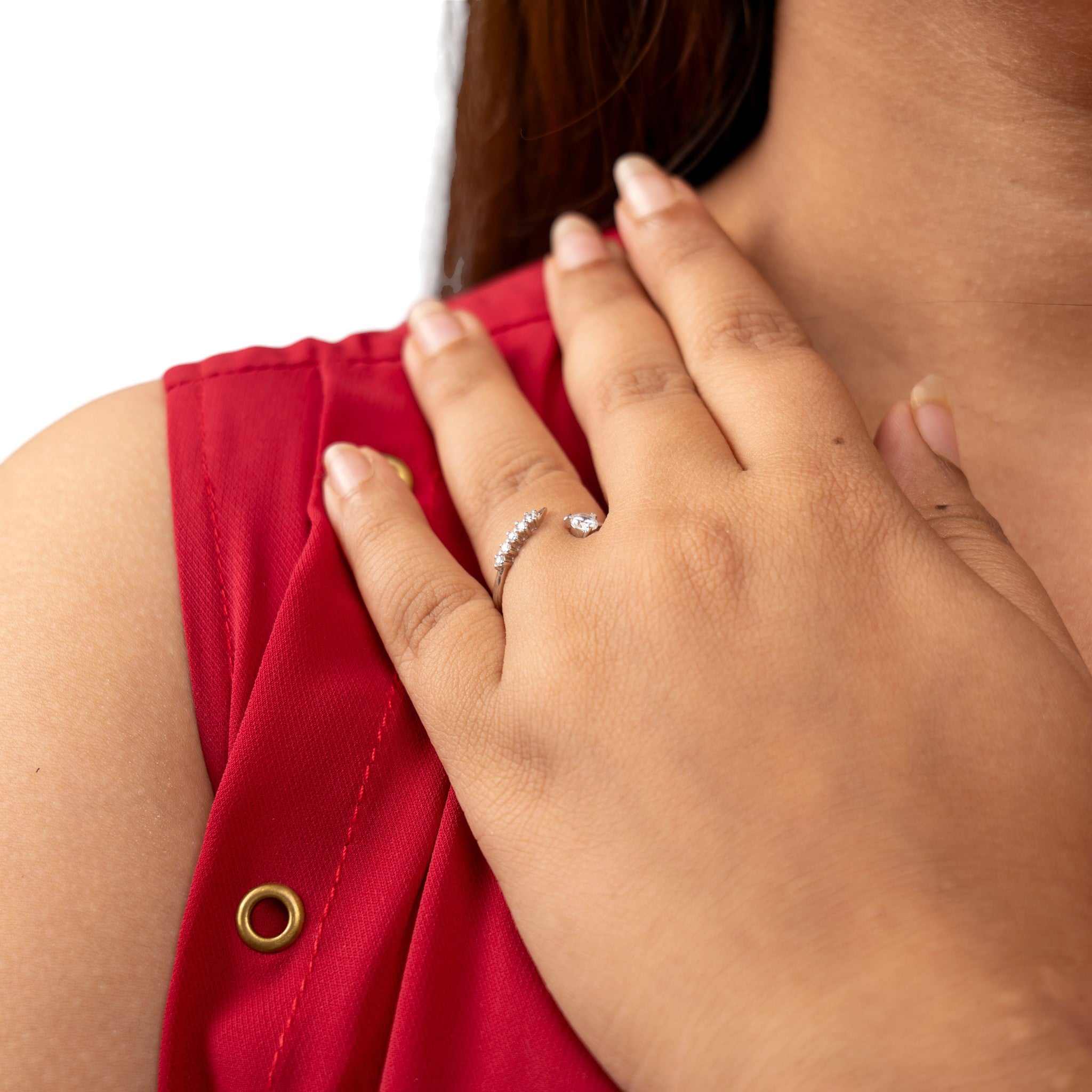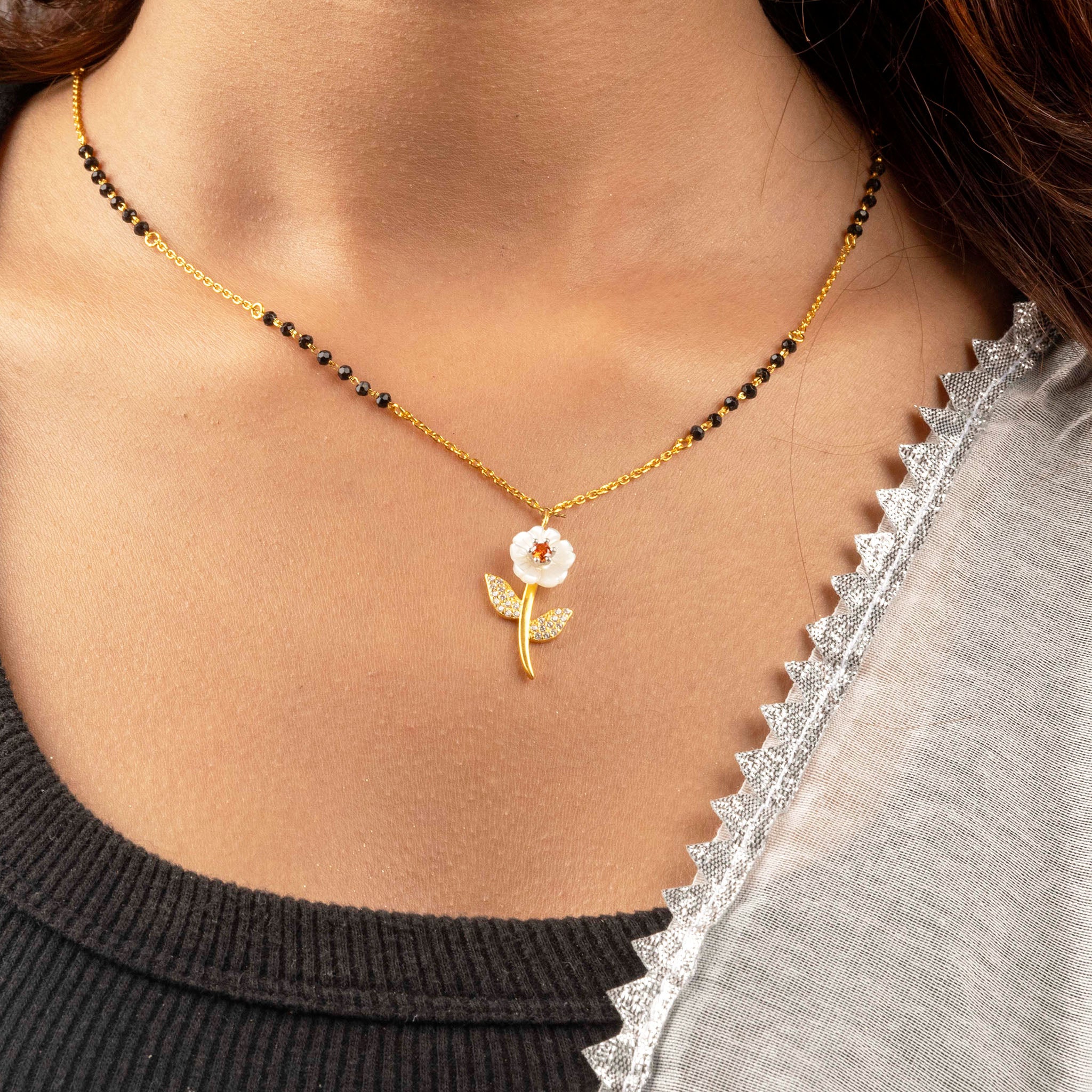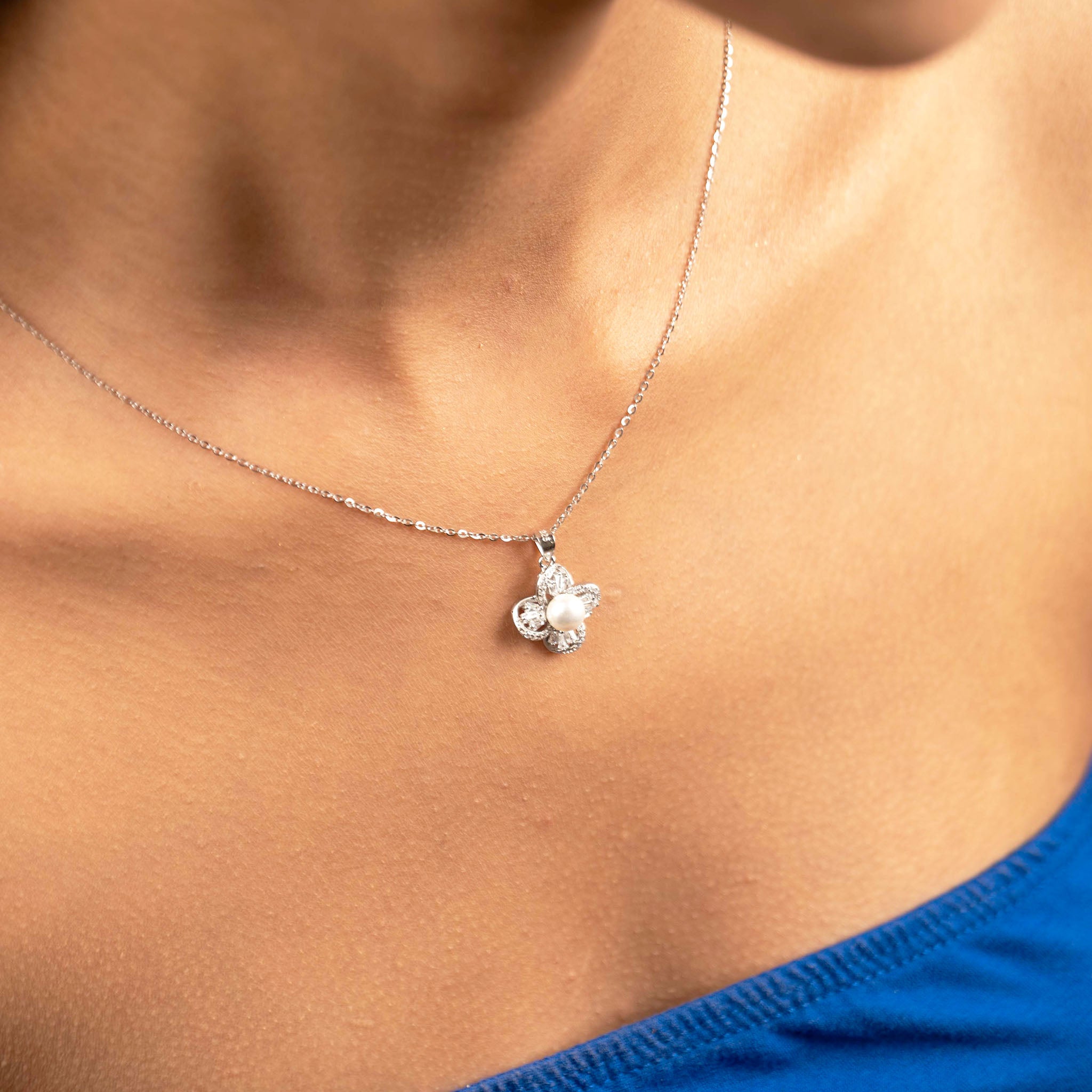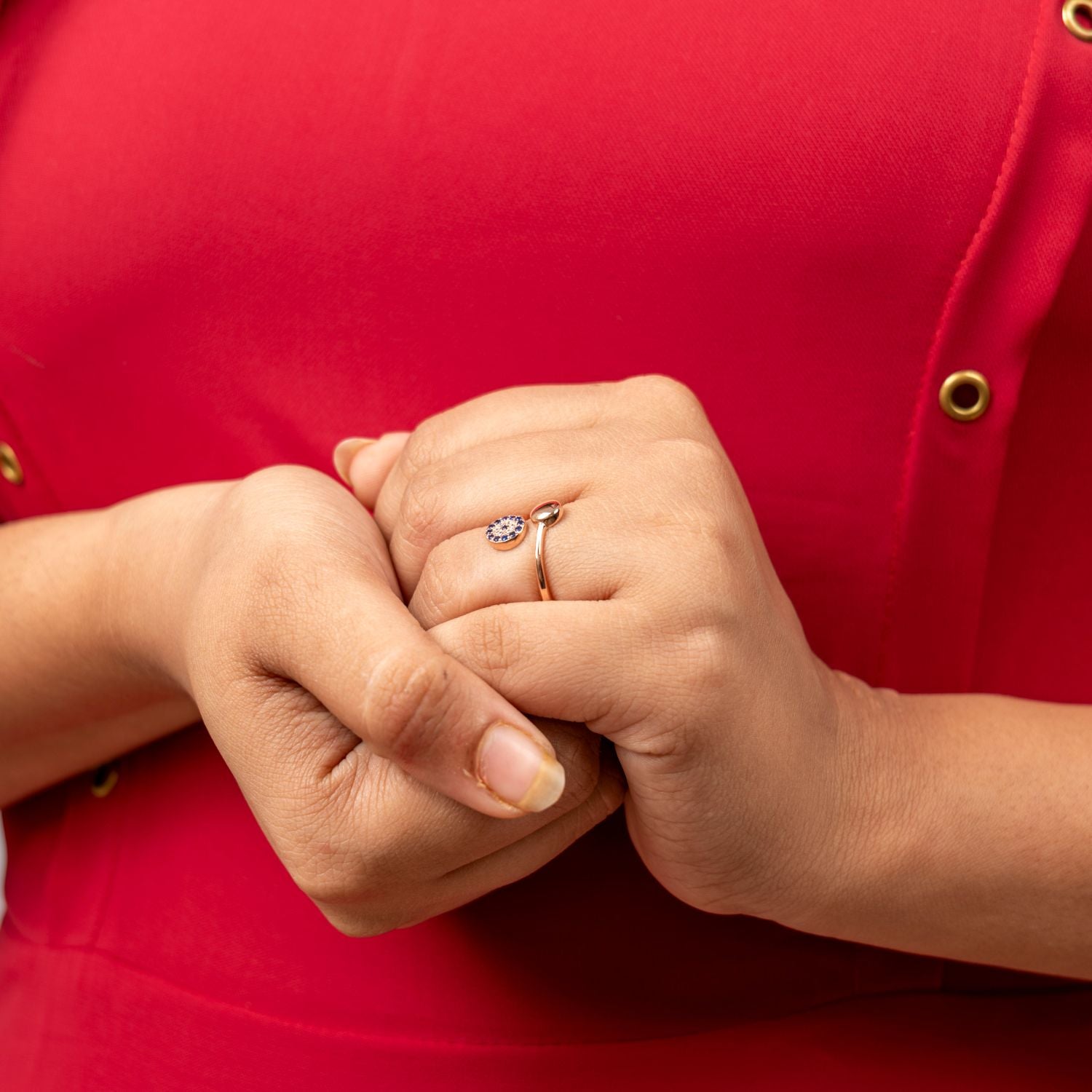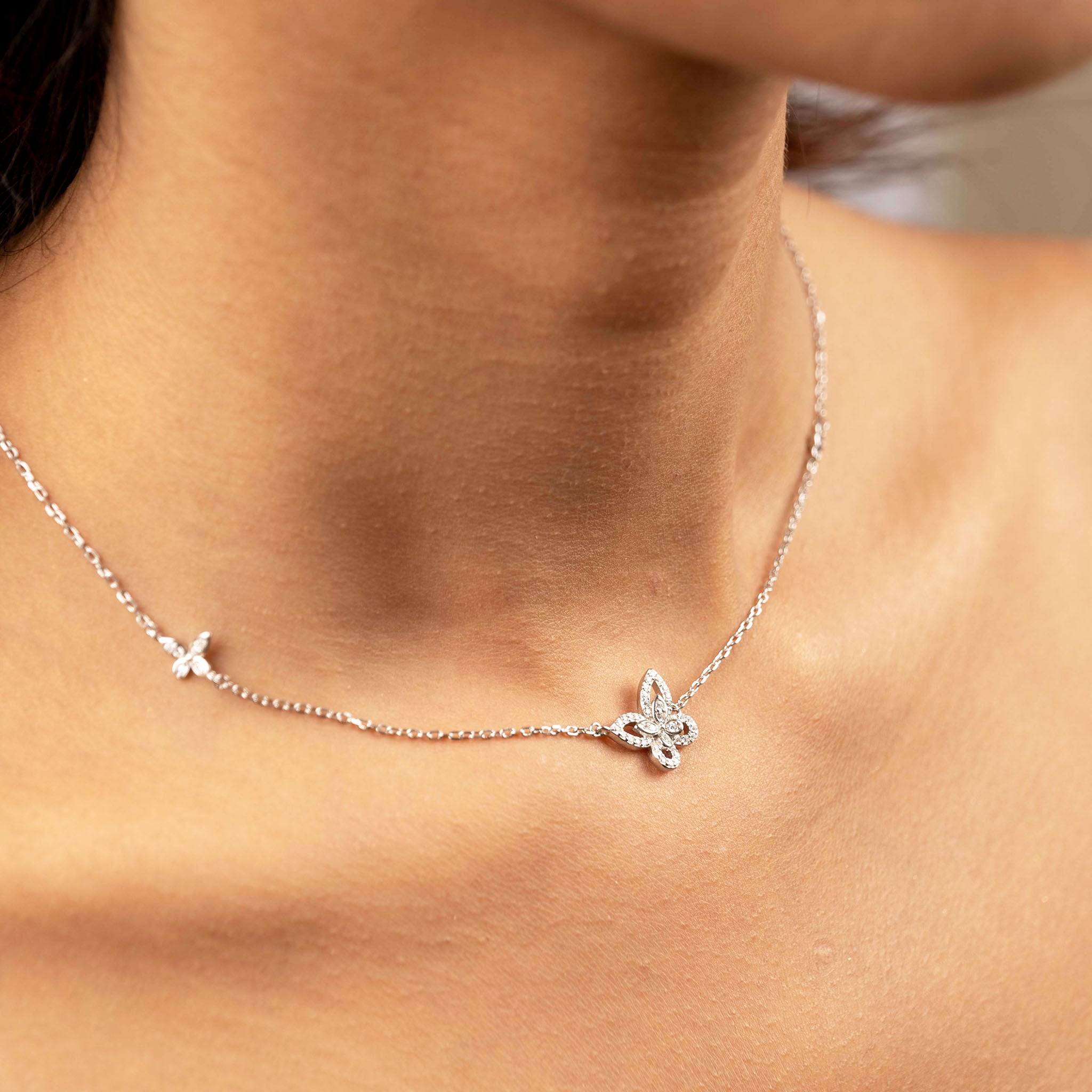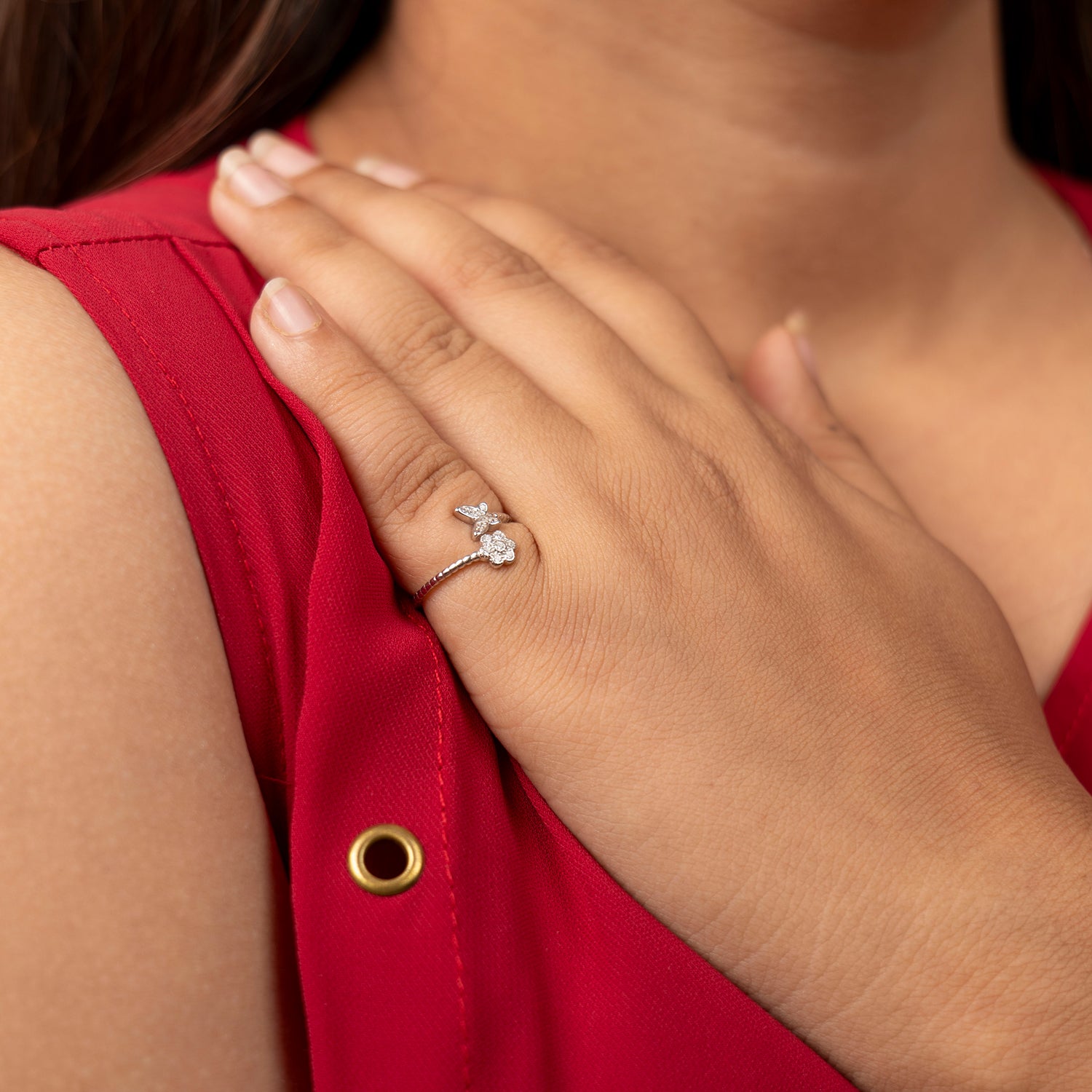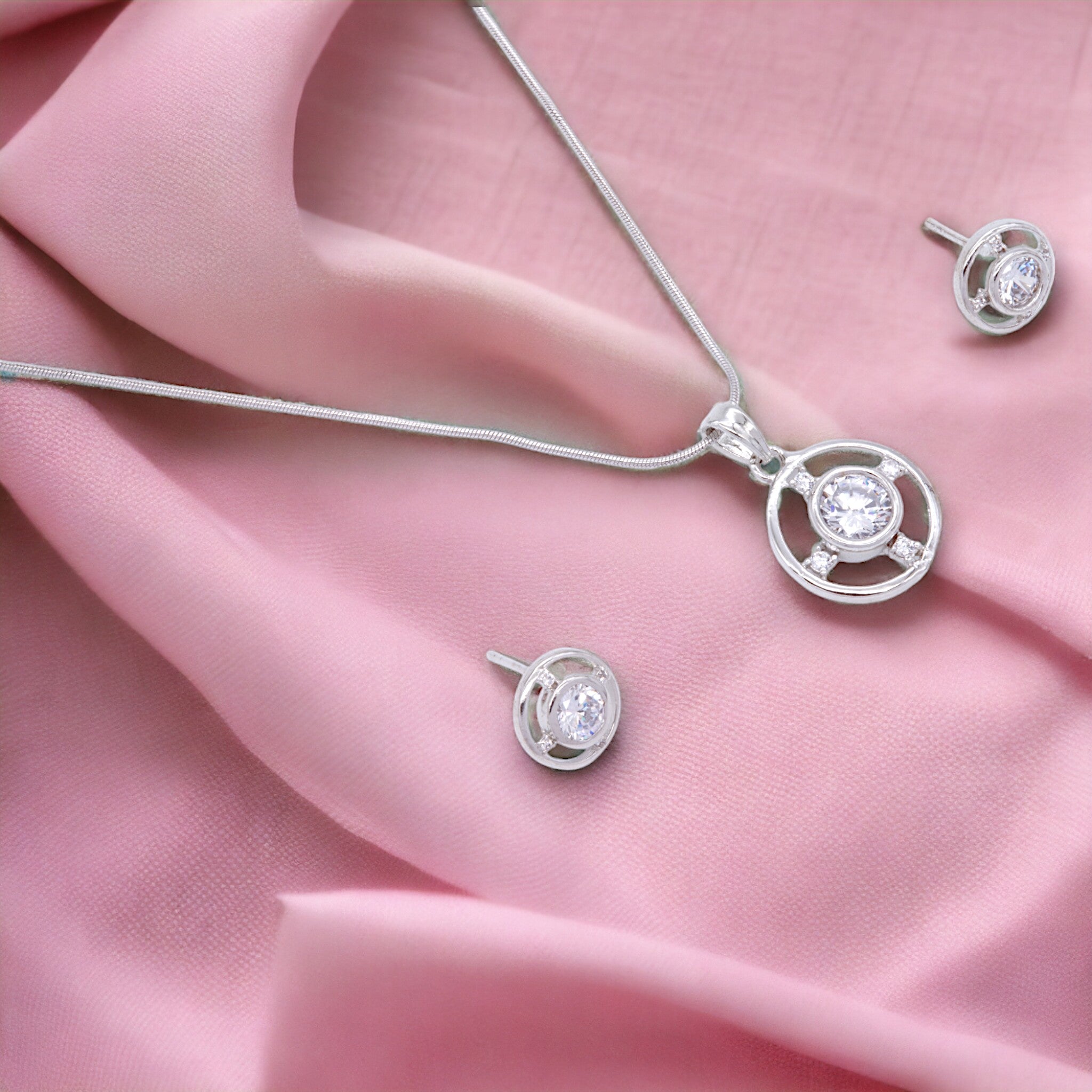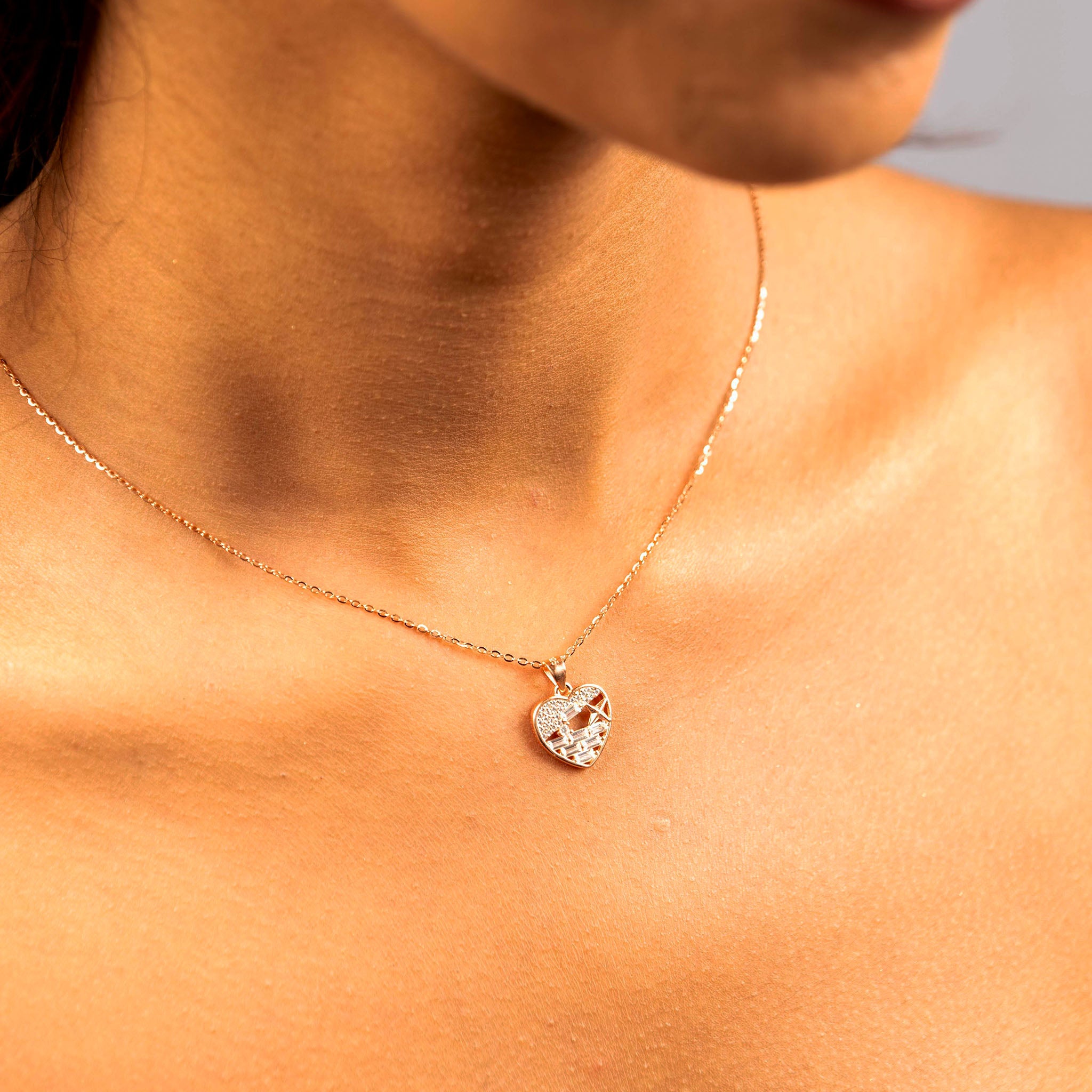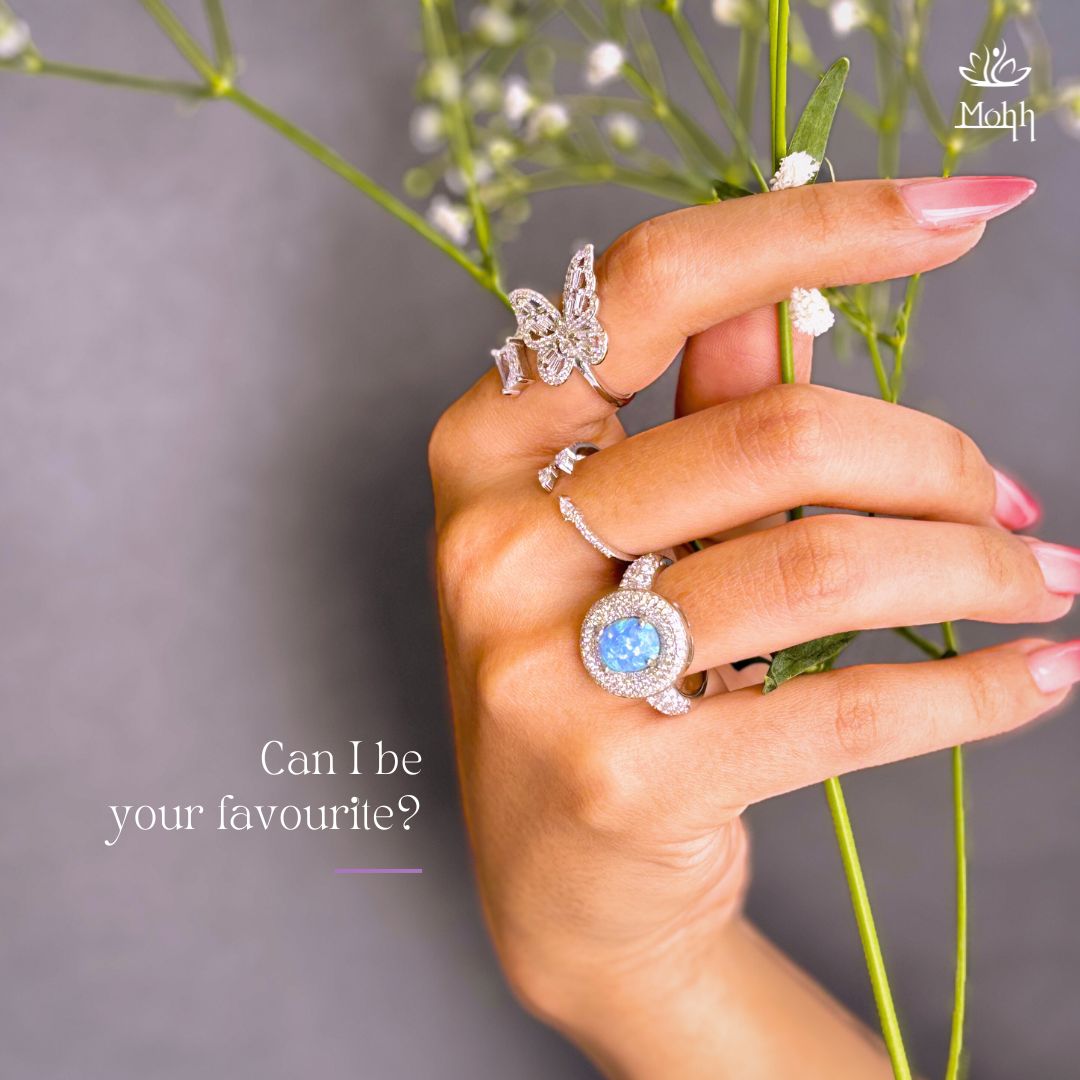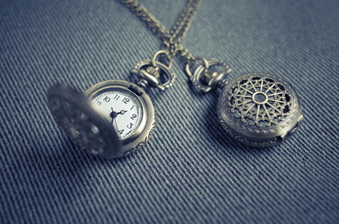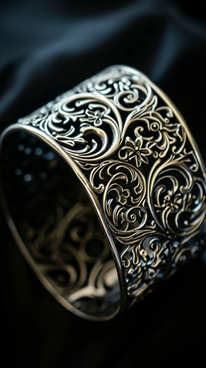
Silver jewelry is prized for its beauty, durability, and timeless appeal. However, with the rise in popularity of silver jewelry, the market has also seen an influx of counterfeit pieces. As a discerning buyer, it's essential to know how to identify authentic silver jewelry to ensure you're getting the quality and value you deserve. This guide will walk you through the key steps to verify the authenticity of silver jewelry, supported by some insightful statistics.
Understanding Silver Purity

Authentic silver jewelry is typically made from sterling silver, which is composed of 92.5% pure silver and 7.5% other metals, usually copper. This composition is denoted by the hallmark "925." Knowing this fundamental fact is the first step in identifying real silver jewelry.
Key Tests to Identify Authentic Silver Jewelry
1. Hallmark Inspection
- What to Look For: Check for hallmarks like "925," "Ster," "Sterling," or "Sterling Silver." These marks indicate that the piece is made of sterling silver.
- Statistics: According to the Silver Institute, 85% of consumers check for hallmarks as their primary method of verifying silver jewelry authenticity.
2. Magnet Test
- How It Works: Silver is not magnetic. Use a magnet to test the piece; if it sticks, it is likely not real silver.
- Tip: Use a strong magnet for accurate results. Weak magnets might not detect small amounts of magnetic metals in fake silver.
3. Nitric Acid Test
- How It Works: Apply a small drop of nitric acid on the piece. Authentic silver will turn a creamy white, while non-silver metals will turn green.
- Caution: This test can damage the jewelry. Perform it on a small, inconspicuous area.
4. Weight and Sound Test
- How It Works: Silver has a distinct density and sound. Authentic silver jewelry will feel heavier than fake pieces of the same size and produce a clear ringing sound when tapped.
- Expert Tip: Compare the weight and sound of the suspected piece with a similar item known to be genuine silver.
5. Tarnish Test
- How It Works: Silver tarnishes over time due to exposure to air and moisture, resulting in a blackish or grayish coating. Fake silver, usually made from stainless steel or other alloys, does not tarnish in the same way.
- Statistics: According to a survey by the Jewelers Vigilance Committee, 65% of jewelers use tarnish behavior as a key indicator of authenticity.
6. Professional Appraisal

- What to Do: When in doubt, seek a professional appraisal. Jewelers have the tools and expertise to accurately test and verify the authenticity of silver jewelry.
- Statistics: The American Gem Society reports that 75% of consumers feel more confident about their purchase after a professional appraisal.
Common Myths About Silver Jewelry
Myth 1: All Silver Jewelry is Expensive
- Fact: While high-quality silver jewelry can be pricey, there are affordable options. Be wary of extremely cheap silver jewelry, as it might be a sign of counterfeit or low-quality pieces.
Myth 2: Real Silver Jewelry is Always Heavy
- Fact: The weight of silver jewelry depends on its design and craftsmanship. Lightweight designs can still be made of authentic silver.
Myth 3: Only Old Silver Jewelry Tarnishes
- Fact: All silver jewelry tarnishes over time due to exposure to air and moisture. Regular cleaning and proper storage can slow down this process.
The Importance of Buying Authentic Silver Jewelry
Quality and Longevity
- Durability: Authentic silver jewelry is more durable and long-lasting compared to fake pieces. It can withstand daily wear and tear, maintaining its beauty over the years.
Health and Safety
- Hypoallergenic: Genuine silver is hypoallergenic and safe for sensitive skin, while fake silver might contain harmful metals like nickel, leading to allergic reactions.
Investment Value
- Resale Value: Authentic silver jewelry retains its value and can be resold or passed down as heirlooms. Fake silver, on the other hand, has little to no resale value.
Conclusion
Identifying authentic silver jewelry requires a combination of knowledge, tools, and sometimes professional help. By understanding the properties of silver, performing simple tests, and staying informed about common myths, you can confidently select genuine silver pieces that offer beauty, durability, and value.

